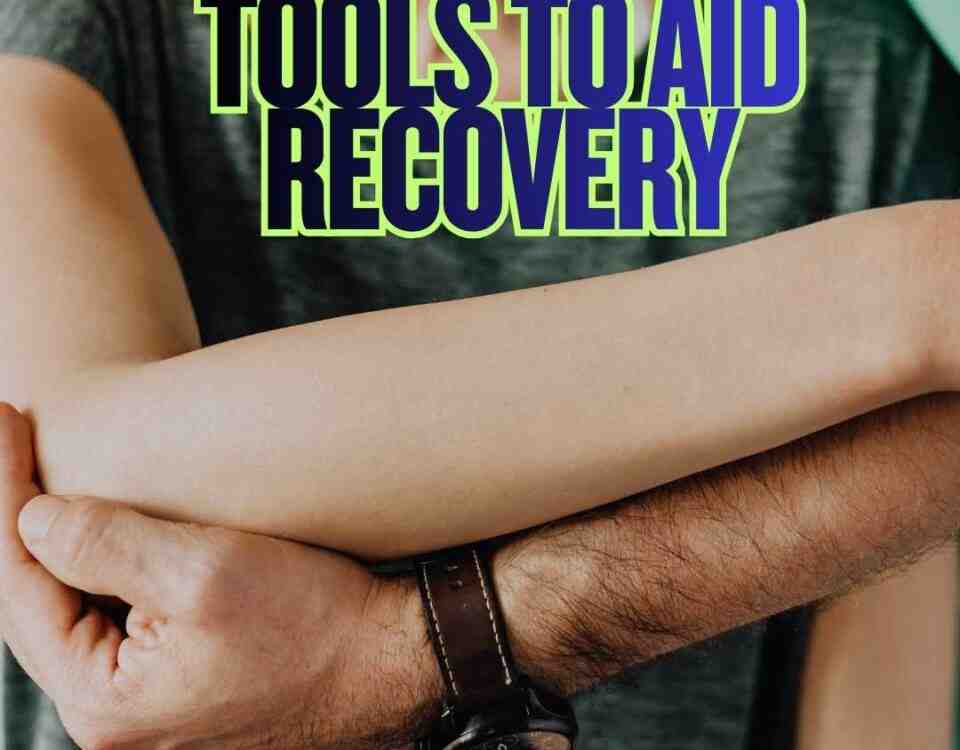5 Strategies for Improving Mental Health After a Car Accident

Low Speed Motor Vehicle Safety in Florida
November 11, 2024
Bye Bye Congestion with Steam
November 20, 2024- Accident doctor
- accupuncture
- airplane headache
- alzheimer's
- best habits
- Brain Injuries
- car accident
- car accidents
- cervical strain
- colds
- concussion
- Concussions
- disc bulge
- dosage meds
- dry needling
- dull pain
- E bike injuries
- florida
- good posture
- headaches
- Headrest positions
- Headrest positions after an accident
- Healthy choices
- Healthy flying
- healthy gift guide
- Healthy SPring Ideas
- hip pain
- hyperextension
- injury doctor
- insurance
- Kayaking
- kentucky
- kids motion sickness
- lifestyle
- motion sickness
- neck injury
- no fault insurance doctor
- noise healing
- osteoporosis
- pain symptoms
- pink noise
- posterior chain
- posture
- prevent osteoporosis
- Rest
- Scoliosis
- shoulder pain
- Stress with kids after a motor vehicle accident
- TBI
- tips
- tmj
- torn muscle
- Traumatic Brain Injury
- trigger points
- VitaminD
- What are Post Traumatic headaches?
5 Strategies for Improving Mental Health After a Car Accident
Motor vehicle accidents can significantly impact mental health in various ways. Dr. Deryk Harting, a team member of one of the highest rated car accident medical care facilities in Florida, discusses strategies for improving mental health after a car collision.
Many people experience post-traumatic stress disorder (PTSD) following a serious accident. Some of these symptoms include flashbacks, nightmares, and severe anxiety. Additionally, driving or being in vehicles can lead to depression, feelings of hopelessness, or a loss of interest in activities. Accidents can alter a person’s sense of safety and control which diminishes confidence. Fear of driving may also result in social isolation, withdrawal, and loneliness. Some may resort to unhealthy coping mechanisms like substance abuse to manage their mental health challenges. The stress and anxiety stemming from an accident can also disrupt daily routines, work performance, and relationships.
Improving mental health after a car accident involves various strategies and treatments. Here are 5 effective options:
- Cognitive Behavioral Therapy (CBT): CBT provides a structured approach for individuals to process a traumatic event, allowing them to explore their thoughts and feelings in a safe environment. Many people develop negative thought patterns after an accident and CBT helps to identify and challenge these patterns. Additionally, CBT teaches practical coping strategies for managing anxiety, fear, and depression. For those who develop a fear of driving or being in vehicles, CBT might include gradual exposure to these situations which reduces anxiety and increases confidence over time and step by step. Furthermore, CBT encourages individuals to focus on their strengths and resources, helping them regain a sense of control over their lives.
- Mindfulness and Relaxation Techniques: Mindfulness encourages people to stay present in the moment. This can be particularly helpful for those who experience intrusive thoughts or flashbacks related to the accident. By practicing mindfulness, individuals can develop greater awareness of their thoughts and feelings, allowing them to respond in a more constructive way. Relaxation techniques, such as deep breathing exercises, progressive muscle relaxation, and guided imagery, can reduce physiological symptoms of stress like increased heart rate and muscular tension. These practices help relax the body and mitigate feelings of anxiety.
- Support Groups: Connecting with others who have gone through similar traumatic events builds a sense of community and reduces feelings of isolation. Participants often find validation in hearing others’ stories and realizing they are not alone. Support groups also offer a platform for coping strategies and practical advice from peers who understand these unique challenges. This shared experience can facilitate emotional healing and encourage open discussions about fears, anxieties, and achievements. Furthermore, the supportive nature of these groups can enhance empowerment, resilience, and confidence.
- Exposure Therapy: This approach involves exposing people to the situations that trigger their anxiety in a controlled and supportive environment. By starting with less anxiety provoking scenarios and gradually progressing to more challenging situations, individuals can learn to manage their reactions and feelings of fear. This process helps desensitize them to their trauma and enables them to drive or ride in a car without anxiety or panic. Also, exposure therapy builds coping skills by teaching individuals how to manage anxiety or panic when faced with triggers. Over time, as they confront these situations, they often experience a decrease in anxiety and an improved sense of control.
- Physical Activity and Exercise: Engaging in regular physical activity releases endorphins, referred to as “feel-good” hormones, which enhance mood. Exercise also serves as a healthy coping mechanism for people to channel their stress and frustrations in a productive way. Furthermore, participating in physical activities can help rebuild a sense of control and confidence, especially for those who may feel vulnerable or anxious after an accident. Activities such as walking, hiking, yoga, resistance training, or team sports not only improve physical health but also encourage social engagement and interaction which helps reduce feelings of isolation.
These strategies can be tailored to individual needs and often work best in combination with professional guidance and support.
— This article is written by Deryk Harting, DC, one of the members of Chambers Medical Group’s team of car accident chiropractors who offer a variety of treatments and therapies ranging from diagnostic testing to various soft tissue therapies for car accidents and injuries in Florida.
- Car Accident Medical Clinic in Tampa
- Car Accident Medical Clinic in Plant City
- Car Accident Medical Clinic in Brandon
- Car Accident Medical Clinic in Lakeland
- Car Accident Medical Clinic in Sarasota
- Car Accident Medical Clinic in Louisville
- Car Accident Medical Clinic in Lexington
- Car Accident Medical Clinic in Florence




